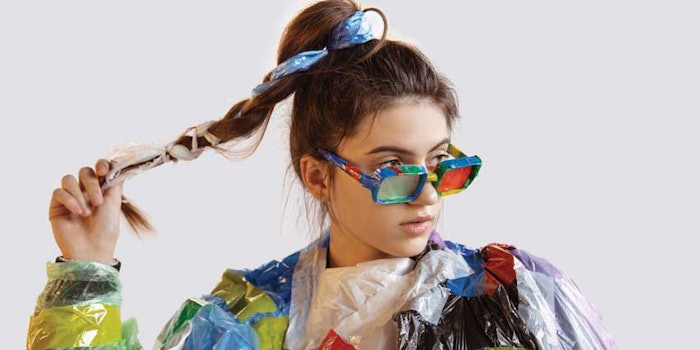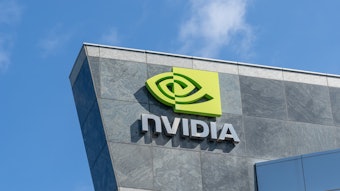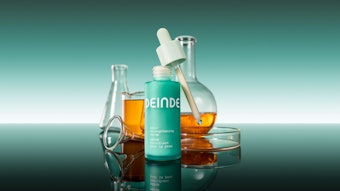
Waste streams from the food, beauty and other industries can fuel new sustainable innovation.
Cosmetics trends show an undeniable shift toward natural, cruelty-free and plastic-free products. But how can the industry supply the demand of the consumer without using a higher budget or only finite resources?
Emerging concepts to tackle the problem include upcycling and side-stream valorization, which suggest creating products by reusing side-streams from other industries to replace the limited natural botanical, mineral, and animal resources or microplastics found in current production. Reusing underutilized materials as a new resource is the underlying philosophy.
There are three main advantages of side-stream valorization, according to Dr. Evelyne Zürcher, project manager at RethinkResource: “Reusing side-streams ensures more sustainable sourcing, and it often also accounts for a cheaper production, as these products are lower-priced than virgin resources. Moreover, upcycled products allow successful marketing, since consumers are very likely to opt for the more sustainable product.”
Fruit Waste in Skin Care
In the cosmetics and fragrance industry, a positive impact can be reached by replacing traditional compounds with upcycled ingredients. If we have a look at body scrubs, for example, we can sometimes find plastic microbeads as an ingredient, even though there are so many other natural, more sustainable ingredients. Apricot pit shell, walnut shell or strawberry seeds represent side streams that are used to replace microplastics.
Fruit pits and seeds are also generally a great natural resource for the cosmetics industry as they are rich in valuable nutrients such as enzymes and oils that nourish the contained seedling. Maracuja seed oil, a by-product of the fruit industry, has shown to be a profitable ingredient for soaps, candles or skin care.
In addition, fruit skins have been discovered as a valuable ingredient.
“They protect the fruits and contain waxes, antioxidants and essential oils”, Zürcher explains.
Grape skins, for example, are a by-product of the wine industry and have been upcycled in the beauty care industry. Researchers have found a way to extract resveratrol from the outer skins of the grapes, which is being used for skin care, for example by Marks & Spencer’s 2014 launch, Pure Natural Beauty Super Grape Day Cream. The extract of mandarin skin is also said to have an anti-aging effect, which is why this side-stream can be valorized for cosmetics production.
Reclaimed Color
Other natural ingredients derived from side-streams include dye and pigment. Mineral pigments often contain iron oxide, mica flakes, manganese, chromium oxide and coal tar. Upcycled mineral ingredients could be gained, for example by turning industrial metal waste into powdered dyes, as is done by the Lithuanian designer Agne Kucerenkaitea. She collects the waste in the form of a sludge that contains iron, manganese, aluminum, magnesium, barium and zinc, which she applies in her ceramic glazes.
For the full article, check out Global Cosmetic Industry's February digital magazine.
Footnotes:
awww.agne-k.com











